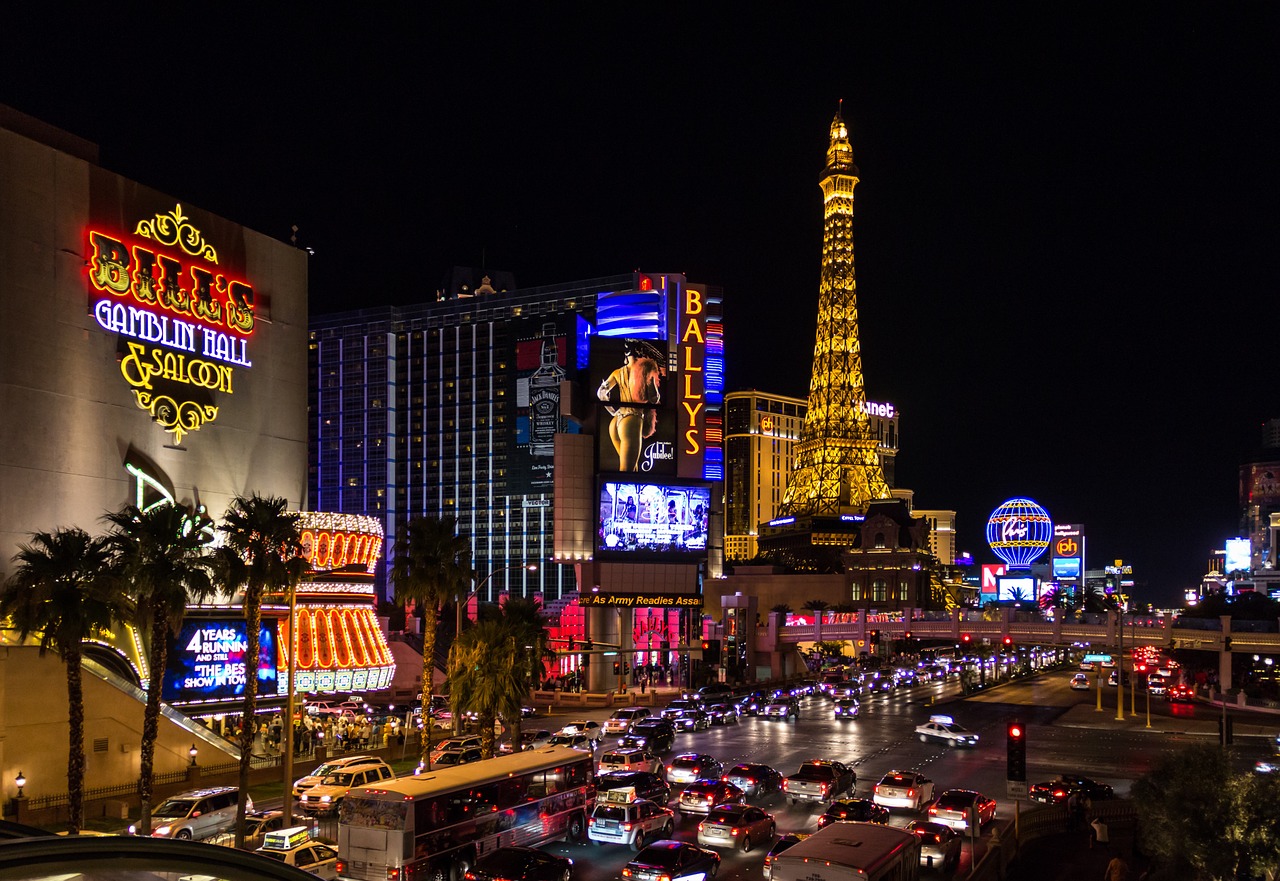Image and Uniqueness of Destinations
Images are structures of ideas, opinions and expectations and are composed of an extensive complex of ideas. Knowledge about a destination (“the sun shines there”) and the associated emotions (“great”) lead to an intention to act (“I want to go there”). In no other industry is image more important than in the marketing of travel destinations. Image cultivation and promotion are therefore strategic fields of action for destinations.
Aim of the module
The module answers the following questions for the participating destinations:
- What image do certain destinations have in the German market?
- What ideas about landscape, attractions, prices, service etc. are associated with the individual holiday destinations?
- How does the image of these destinations differ from each other, where are the unique selling points?
- Are these destinations perceived as unique?
- How does the image differ in certain target groups and depending on the experience with the destination?
Procedure
With the help of a module question, the image of selected countries and federal states was recorded on the basis of concrete, product-related characteristics that are relevant for practical marketing work. By linking it to the standard RA face-to-face programme, it was possible to examine the image of a destination in different target groups.
Are you interested in further details and the results of this module? Then contact us for a detailed module profile and a non-binding consultation.
Reiseanalyse Module 2016



